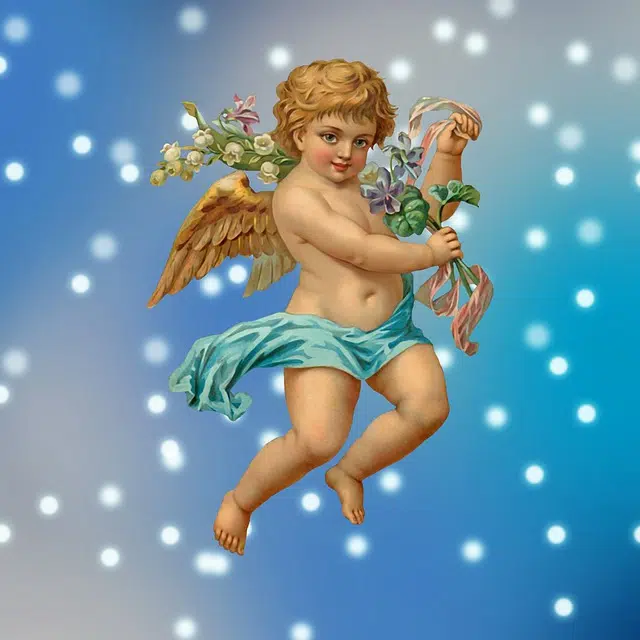
A cherub is a type of angel.
It is very interesting to know the etymological origin of the term cherub , of which we are going to establish its meaning. And it derives from the late Latin word “cherubim”, which, in turn, comes from Hebrew. Specifically, “qerub”.
It is a concept that is used in the field of religion to name a certain class of celestial spirits .
What is a cherub
The cherubs are angels that, within the so-called angelic choirs, make up the second choir (the first is made up of the seraphim ) according to Catholicism. Represented as winged children, the cherubs protect divine glory .
Theology indicates that those who see the cherubs are those who are in a state of elevation, with heaven within their reach. According to what is clear from the Bible , the cherubs have the purpose of praising God and reminding humanity of divine glory.
The cherubs can also be grouped together and serve as a means of movement since they move like “lightning bolts,” according to the Holy Scriptures .

Cherubs are represented in numerous sculptures and paintings.
Its artistic representation
There are many paintings and works of art that have represented the figure of cherubs in a more or less protagonist way. So, for example, examples are the following:
-Detail of “The Cherubs” in what is the Sistine Chapel.
-“Singing Angel”, by Jan van Eyck.
-“Mary and the Child”, by Rosso Fiorentino.
-“Last sentence”, by Hans Memling.
-“The violin of Europe”, by François Boucher.
-“Bacchus and Ariadne”, by Jacopo Amigoni.
Of all the artists who, throughout their careers, made the decision to paint cherubs, the one who has achieved the greatest recognition is the Italian painter Rafael Sanzio (1483 – 1520). Today his works of this type, which he carried out at the time for some of the rooms in the Vatican Chapels, can be seen in countless rooms and decorative objects.
How to paint a cherub
When painting cherubs, there are various rules that help achieve the best result. Thus, for example, it is established that the first thing that has to be drawn is its outline, using geometric shapes: the triangle for what would be the dress and a circle for the head.
It is also defined that the hair must have a draped appearance, that the cheeks must be pink in color and that the upper part of the cheeks or cheeks must be very well defined.
Other uses of the concept
In colloquial language, the notion of cherub is used to name a young and extremely beautiful individual . For example: “The woman, proud, walked with her cherub to show off to the neighbors,” “The cherub stole sighs from all the young women in the town, who dreamed of his company.”
Querubín , on the other hand, is the name of an Argentine brand of cleaning products. Powdered soap for washing clothes, fabric softeners, detergents, bleaches and disinfectants carry this commercial name.
The Mexican artist Edgar Clement , finally, titled one of his literary works “Kerubim and other stories.”
